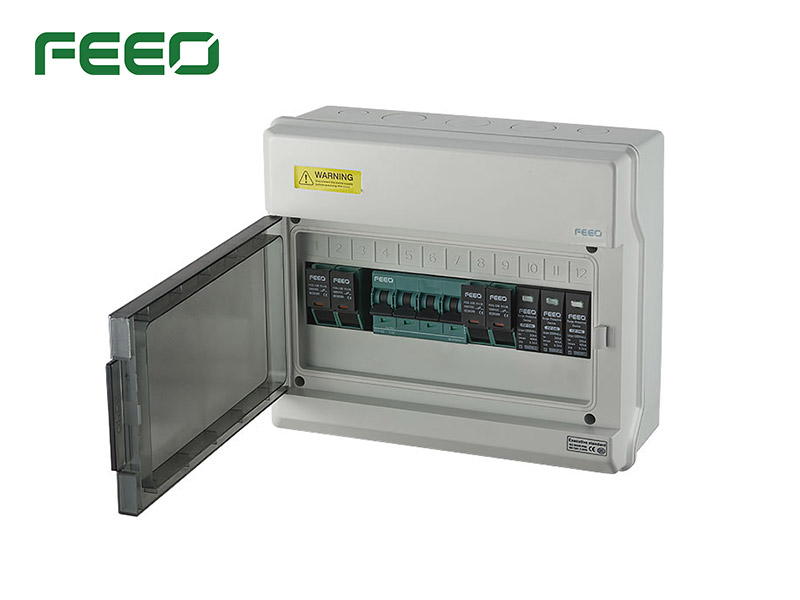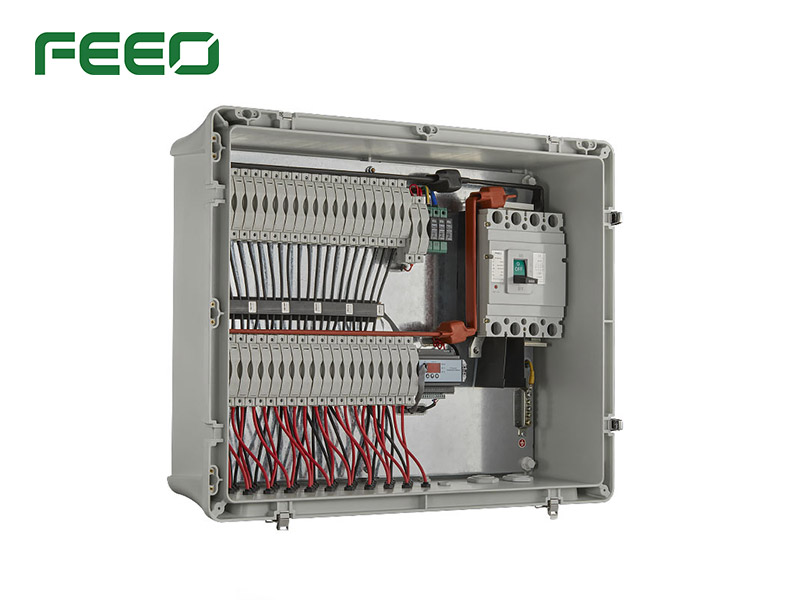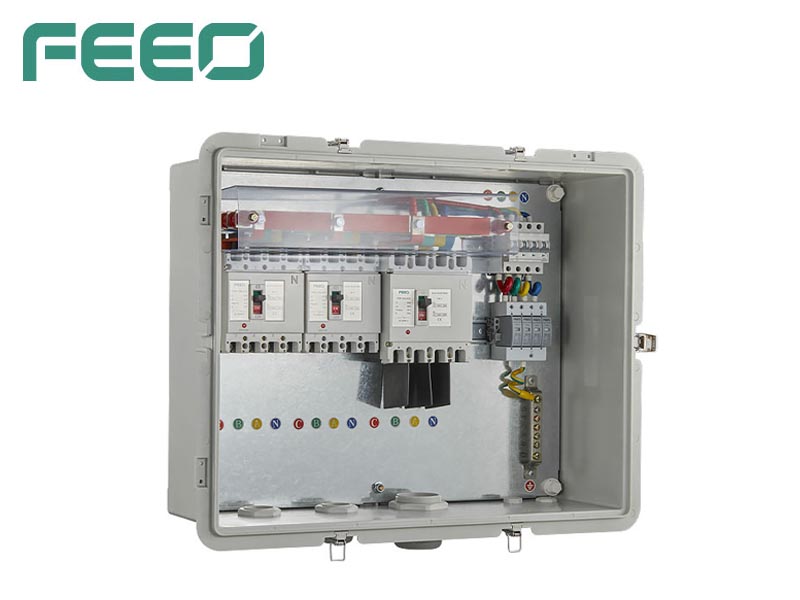415 solar power plants in Iran put into operation
In the past two months, about 415 new solar power plants with a total capacity of 2.4 MW have been put into operation in Iran. So far, 6674 solar power plants are in operation in Iran. The power generation capacity of renewable energy power stations in Iran exceeds 920 MW, of which solar power stations account for the largest proportion, followed by wind power stations. In Iran's total power generation, natural gas power generation accounts for 90% and hydropower accounts for about 7%. In January this year, the Iranian Ministry of energy and private enterprises signed a memorandum of understanding on cooperation in the construction of 10000 MW renewable energy power stations across the country. The Iranian government will allocate a budget of more than 30 trillion rials (about US $115.8 million) for the development of renewable energy in the budget for the next year (starting from March 21), the highest level in history.
1. What is photovoltaic module?
Answer: photovoltaic module refers to the smallest solar cell combination device with packaging and internal connection, which can independently provide direct current and can not be separated, also known as solar cell module.
2. What is a photovoltaic module string?
A: in the photovoltaic power generation system, several photovoltaic modules are connected in series to form a circuit unit with a certain DC output voltage, which is referred to as module string or group string for short.
3. What is photovoltaic module array?
A: a DC power generation unit that mechanically and electrically assembles several photovoltaic modules together and has a fixed support structure, also known as photovoltaic array.
4. What is PV module support?
A: the special support designed for placing, installing and fixing photovoltaic modules in the photovoltaic power generation system is referred to as the support for short.
5. What is monocrystalline silicon photovoltaic module?
A: monocrystalline silicon photovoltaic module is a photovoltaic module with high-purity monocrystalline silicon rod as raw material.
6. What is polysilicon photovoltaic module?
Answer: polycrystalline silicon photovoltaic module is a solar module composed of polycrystalline silicon high-efficiency solar cells arranged in different series and parallel arrays. It is composed of EVA adhesive film, tempered glass, light galvanized aluminum alloy, etc.
7. What is the attenuation rate of photovoltaic modules?
A: the attenuation rate refers to the percentage of the fluctuation amplitude of the regulated quantity reduced after each fluctuation cycle, that is, the ratio of the difference between the former amplitude and the latter amplitude of two adjacent waves in the same direction to the former amplitude.
8. What is the hidden crack of photovoltaic module?
A: the crack is a defect of the battery. Due to the characteristics of crystal structure, crystalline silicon cell is very easy to rupture. The production process of crystalline silicon module is long, and many links may cause hidden cracks in the battery chip. The essential reason for the generation of hidden cracks can be summarized as the generation of mechanical stress or thermal stress on the silicon chip.
9. What is the azimuth of PV module?
Answer: the azimuth of photovoltaic module refers to the included angle between the projection of the normal of the plane of photovoltaic module on the horizontal plane and the due south direction.
10. What is the tilt angle of photovoltaic module?
Answer: the inclination angle of photovoltaic module refers to the angle between the plane and horizontal plane of photovoltaic module.



